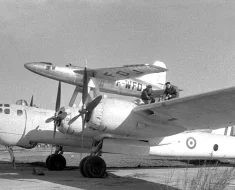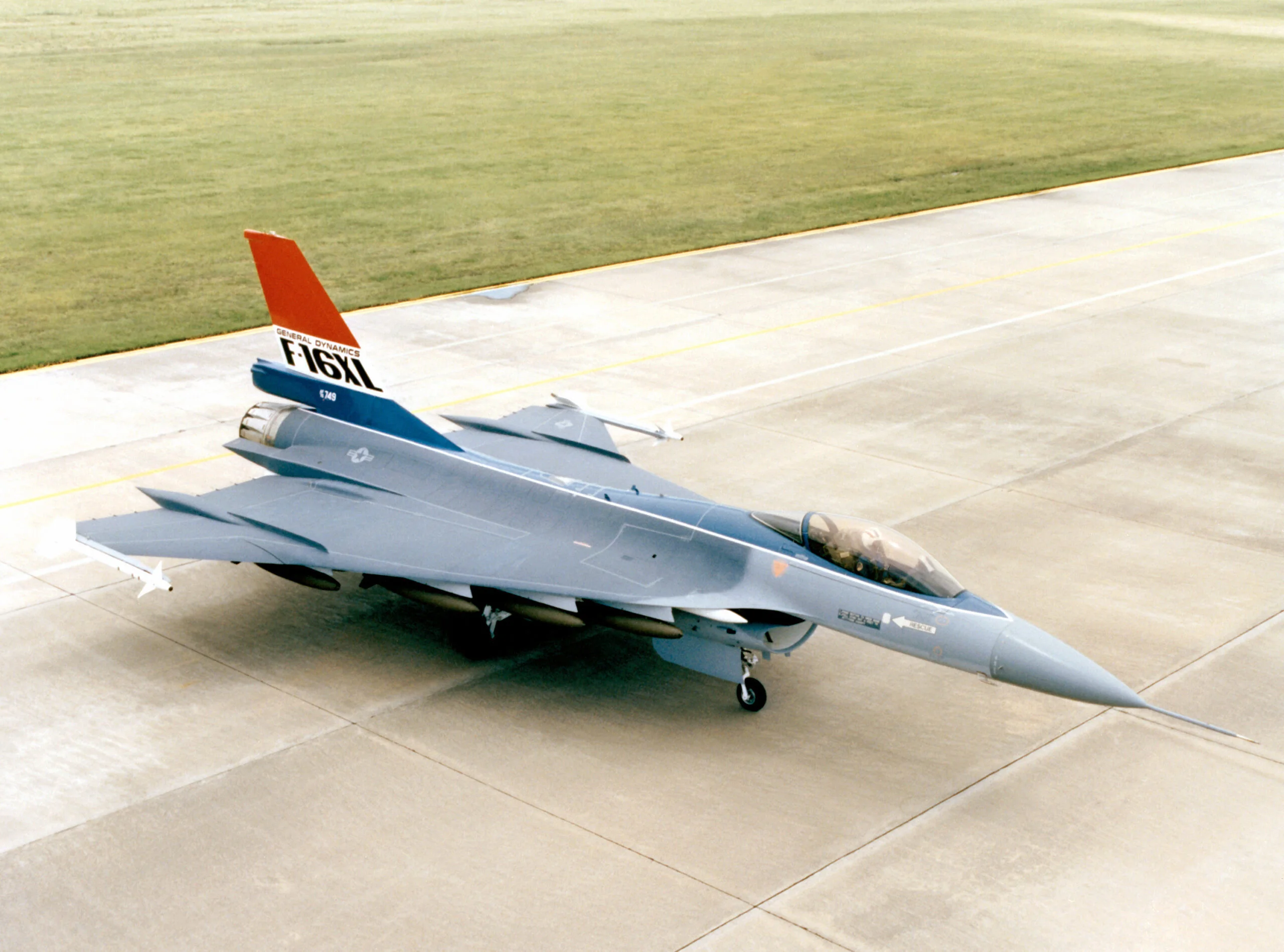At the beginning of the Second World War the Hawker Typhoon, the brainchild of aviation maverick Sydney Camm, dominated the skies. The Tempest was the next evolution. But as the Typhoon notched up operational hours, persistent problems started to be noticed.
Its Napier Sabre engine constantly broke down, and even at modest diving speeds its thick wings caused the craft to stall and jitter. It was decided that the Typhoon would have to be completely overhauled if it stood a chance of continuing service. This upgraded version would be known as the Hawker Tempest.
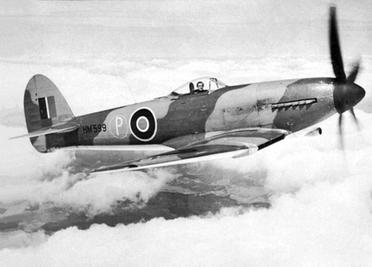
Contents
Development
Inspired by the thin wing design of the Spitfire, the development of the Hawker Tempest commenced a few months after the Battle of Britain in September 1940. Presented to RAF policymakers initially as the EC.107C, once the new plane was given the green light the codename was changed to F.10/41 and specifications began to be drawn up from August 1941.
Read More: Hillson FH.40 Hurricane – Biplane and Monoplane?
Chief Sidney Camm envisioned a craft that was to be very different to the Typhoon as he quibbled over the finer details of what was originally called Typhoon II. Amongst other changes, during the developmental stage, he proposed to the Ministry of Aircraft Production that cooling radiators should be placed in the leading edges of the wing in the same style as the de Havilland Mosquito, an innovation that was later found to reduce drag by two-thirds.
In addition, the Air Ministry was riven with debates over what sort of engine should be installed since the in-service Napier Sabres of the Typhoon were unreliable and prone to malfunction.

With the Rolls-Royce Griffin and the Bristol Centaurus put forward as alternatives, in the end, a total of 6 prototypes were to be constructed and fitted in pairs with the three powerplants.
With the schematics of the new model revealing it had strayed from the Typhoon quite considerably, the decision was made to re-name it the Tempest, while a series of mark numbers were issued to delineate all of the variants: the Mark I with the Sabre IV, the Mark II with the Centaurus IV, the Mark III with the Griffon IIB, the Mark IV with the Griffon 61, and the Mark V with the Sabre II.
Testing
With technical problems plaguing many of the other variants, the Tempest V was chosen as the first unit to be test flown, and so on September 2nd 1942 following extensive taxi tests the previous day, the HM595 prototype operated by pilot Phillip Lucas took off from Langley Airfield without incident.

A rash of further assessments illustrated that although the airframe was slightly unstable, the new wing was working perfectly, increasing the top speed as planned, providing much smoother handling characteristics, and removing the persistent vibrations that had beset the Typhoon.
Next up was the Tempest I, which took to the skies for the first time on February 24th 1943. Pilot Phillip Lucas reported that it was more stable, but that at speeds below 110 miles per hour, the effectiveness of the elevator control decreased significantly.
However, faults with the Sabre IV engines cropped up again when it was discovered that it tended to spit out large volumes of oil at speeds of above 3,750 rpm, leading to the program’s cancellation by December.
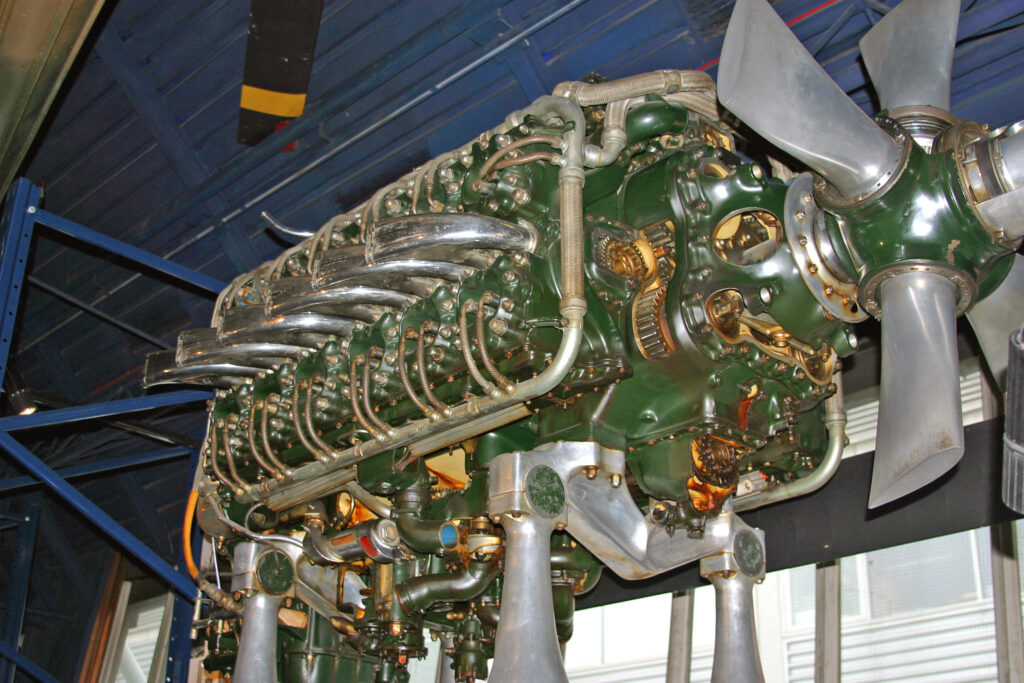
With both the Tempest III and IV also shelved and their Rolls Royce engines refitted into the second manifestation of the Spitfire, only the promising Tempest II continued to be evaluated while the Tempest V was approved for full-scale production by the Air Ministry, who ordered a total of 100 units.
The first factory-assembled Tempest V Series I with serial number JN729 was unveiled on June 21st 1943. In subsequent combat test flights, the Tempest outperformed and outmanoeuvred every Allied or captured German craft up to medium altitudes.
Compared to British and American fighters it was between 15 to 20 miles per hour faster, while it completely outclassed German models and was faster by 40 to 50 miles per hour.
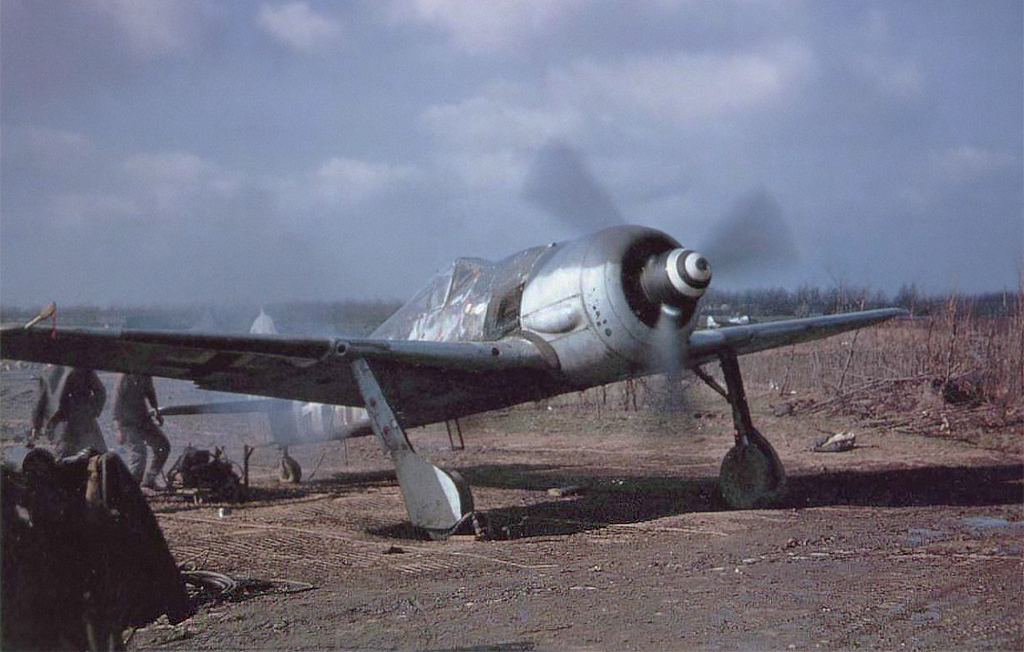
Following the delivery of the first units to the No.486 (RNZAF) squadron at Tangmere in January 1944, for the rest of the war, the Tempest would serve primarily with the Royal Air Force.
Later types including the Tempest V Series II fitted with short-barreled versions of the Hispano 20 mm cannon, and the Centaur-powered Tempest II, would be released afterwards.
The Tempest
The Hawker Tempest in its Mark 5 configuration was manned by a single pilot and had a length of 10.26 meters, a height of 4.90 meters, and a loaded weight of 6,187 kilograms.
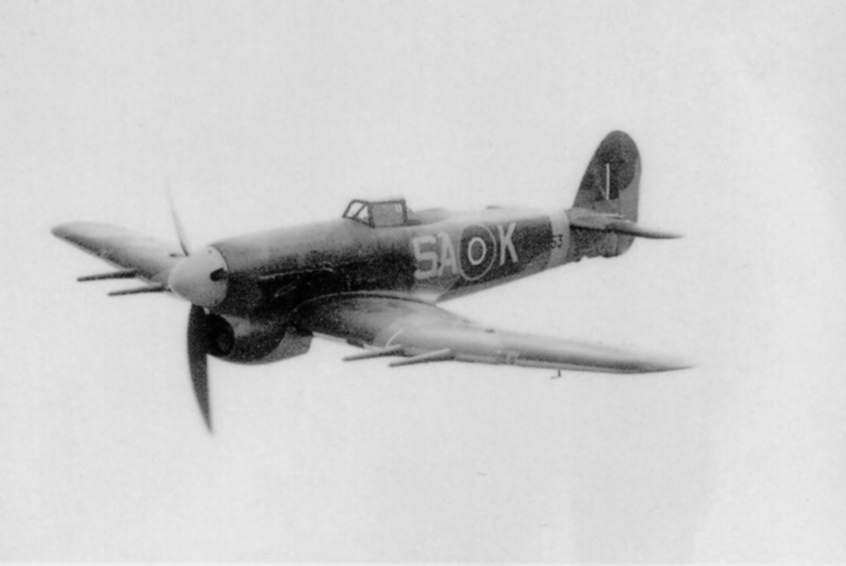
The Tempest was very similar to the Typhoon, apart from some key differences.
The biggest was the outlay of the semi-elliptical wings, with a span of 12.49 meters, which were a lot thinner and possessed a thickness chord ratio that varied from 14.5% at the root to 10% at the tip while possessing a maximum thickness of 37.5% measured from the leading edge.
Read More: Hawker Hurricane – The True Hero of the Battle of Britain?
With an altitude ceiling of 37,000 feet, it was powered by a single 1,686 kilowatt Napier Sabre VA H-24 piston engine, which propelled it to a top speed of 435 miles per hour and gave it a combat radius of 300 miles.
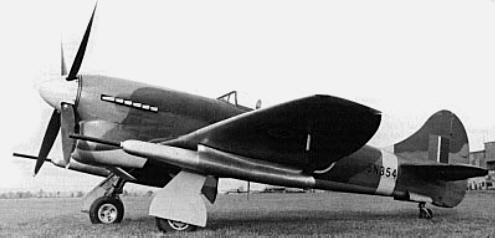
Furthermore, it was armed with four 20 mm Hispano cannons and had space for up to eight rockets as well as 907 kilograms of bombs.
World War 2 Combat Record
Between April 1944 and May 1945, the Tempest proved itself as a formidable fighter aircraft during the closing stages of World War Two, achieving a number of successes in a variety of capacities.
In one of its earliest objectives, in June 1944 Tempest squadrons were given the important mission of shooting down German flying bombs known as ‘V1s’ or ‘Divers’ that were being launched in the south of England.
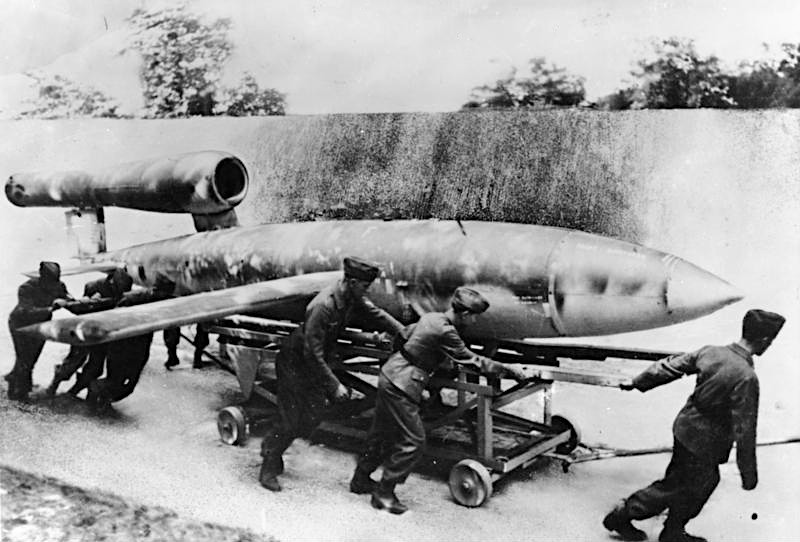
On June 16th, the first day of operations, Tempests managed to neutralize 13 V1s, and by the middle of August, they had helped disable a further 632. By the time the operation subsided in December 1944, Flight Lieutenant Joseph Berry had singlehandedly destroyed 60 V1s.
At the same time as the Tempests were dealing with German V1s, they were also carrying out their role as bomber escorts. On September 11th 1944 after penetrating German airspace, Tempests were able to provide sufficient protection to a fleet of 340 Halifax and Lancaster bombers as they unleashed their war load onto an oil storage facility at Gelsenkirchen.
Tempests also flourished in an air superiority role, consistently besting German Fw 190s and Me 262s in dogfights throughout 1944. Mirroring the outcome of most other engagements, on December 27th 1944 14 Luftwaffe fighters were shot down at the cost of just one Tempest.

Tempests were equally triumphant in 1945, playing a large part in Operation Clarion in February 1945 by strafing targets on the ground, the goal being to totally wipe out any form of German transportation before the 21st Army group crossed into the Rhine.
On three occasions during this mission Tempest squadrons were mistaken for enemy planes by American Mustangs, which they were able to outmanoeuvre 2 out of 3 times, with one pilot Flight Lieutenant Green tragically killed by one bout of friendly fire.
On the same day that the 21st Army breached the German border Tempests provided an aerial umbrella, and at the cost of two units managed to take down 8 German aircraft.
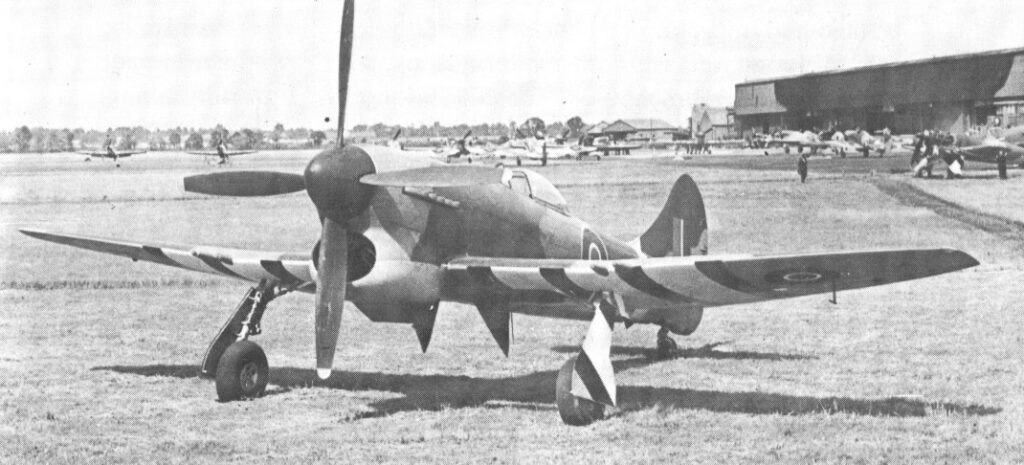
April 1945 would be the most successful month for the Tempests as they swept through German territory, with their most impressive result coming on April 25th when the No. 27 squadron destroyed or damaged a total of 15 stationary aircraft at an airfield in Flensburg.
Overall between June 1944 and May 1945, Tempests claimed 240 confirmed destroyed or probable aircraft victories, with Squadron leader D.C. Fairbanks notching up the biggest tally of all with 12 victories.
Post-War
In the years following the Second World War, many of the later Tempest variants conducted a range of peacetime activities.
142 Tempest Mark VIs fitted with a more powerful 1,749 kilowatt Sabre VA engine served in the Royal Air Force until 1949, where they were mostly allocated target towing duties, while the Tempest II augmented with a 1,880 kilowatt Bristol Centaurus propulsion system served in the subsequent occupation of Germany and with squadrons posted to the Middle East.
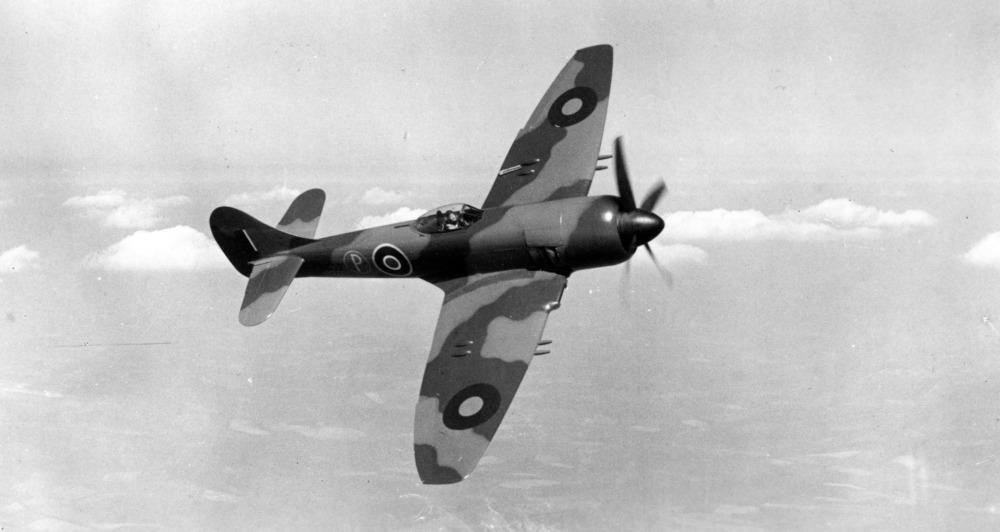
A post-war surplus of Tempests meant that many units were delegated to manufacturers for experimentation, with the only version to fly being the Hawker Sea Fury, first proposed in April 1943 by Sydney Camm who convinced the Admiralty that it could meet naval specification N.7/43.
By August 1947 Hawker Sea Fury Mark 10s had begun replacing Supermarine Seafires in some naval squadrons. After some further tinkering the Sea Fury FB.Mk II was created, a piston-engined fighter that proved so popular that a total of 615 were produced in 9 batches.
Read More: Me 262 Schwalbe – Troubled Development
Operating from HMS Theseus, HMS Ocean, HMS Glory, and HMS Sydney, the Sea Fury was one of the only British-made craft to see action in the Korean War, where it was employed to lay sea mines outside of Communist harbors.
In general, the Tempest was not considered a commercial product. Of the 454 Tempest Mark 2s that were assembled, the Indian Air Force received 89 while the Pakistani Air Force was given 24, with no other Tempests ever exported. Today only two Tempest Vs survive.
If you like this article, then please follow us on Facebook and Instagram.
Specifications
- Crew: 1
- Length: 33 ft 8 in (10.26 m)
- Wingspan: 41 ft 0 in (12.50 m)
- Height: 14 ft 10 in (4.52 m) (tail in rigging position with one propeller blade vertical) ; 16 ft 1 in (4.90 m) (tail down with one propeller blade vertical)
- Gross weight: 11,400 lb (5,171 kg) as interceptor; 12,500 lb (5,700 kg) with 2x 500 lb (230 kg) bombs; 13,500 lb (6,100 kg) with 2x 1,000 lb (450 kg) bombs)
- Powerplant: 1 × Napier Sabre IIB H-24 liquid-cooled sleeve-valve piston engine, 2,420 hp (1,800 kW)
- Maximum speed: 435 mph (700 km/h, 378 kn) at 17,000 ft (5,200 m) ; 390 mph (340 kn; 630 km/h) at sea level
- Service ceiling: 36,500 ft (11,100 m)
- Rate of climb: 4,700 ft/min (24 m/s)






